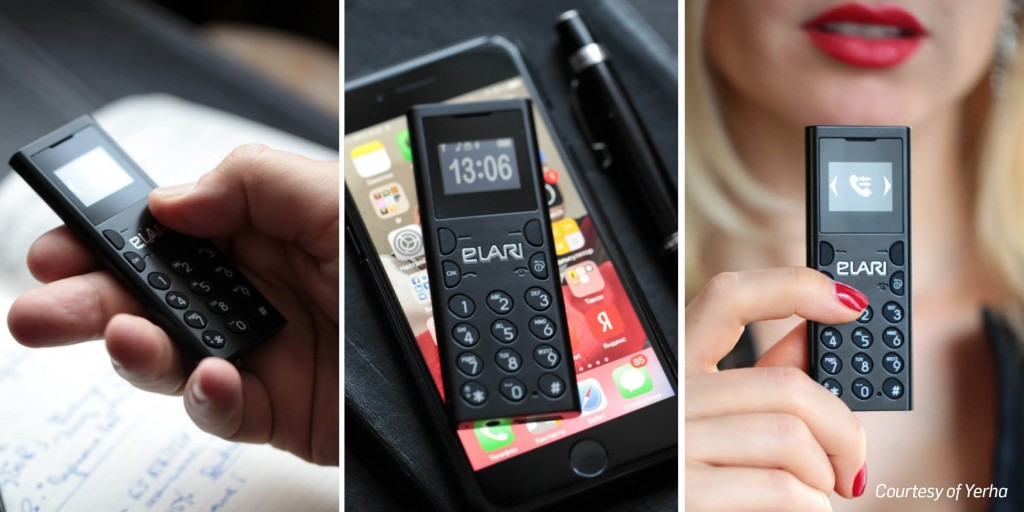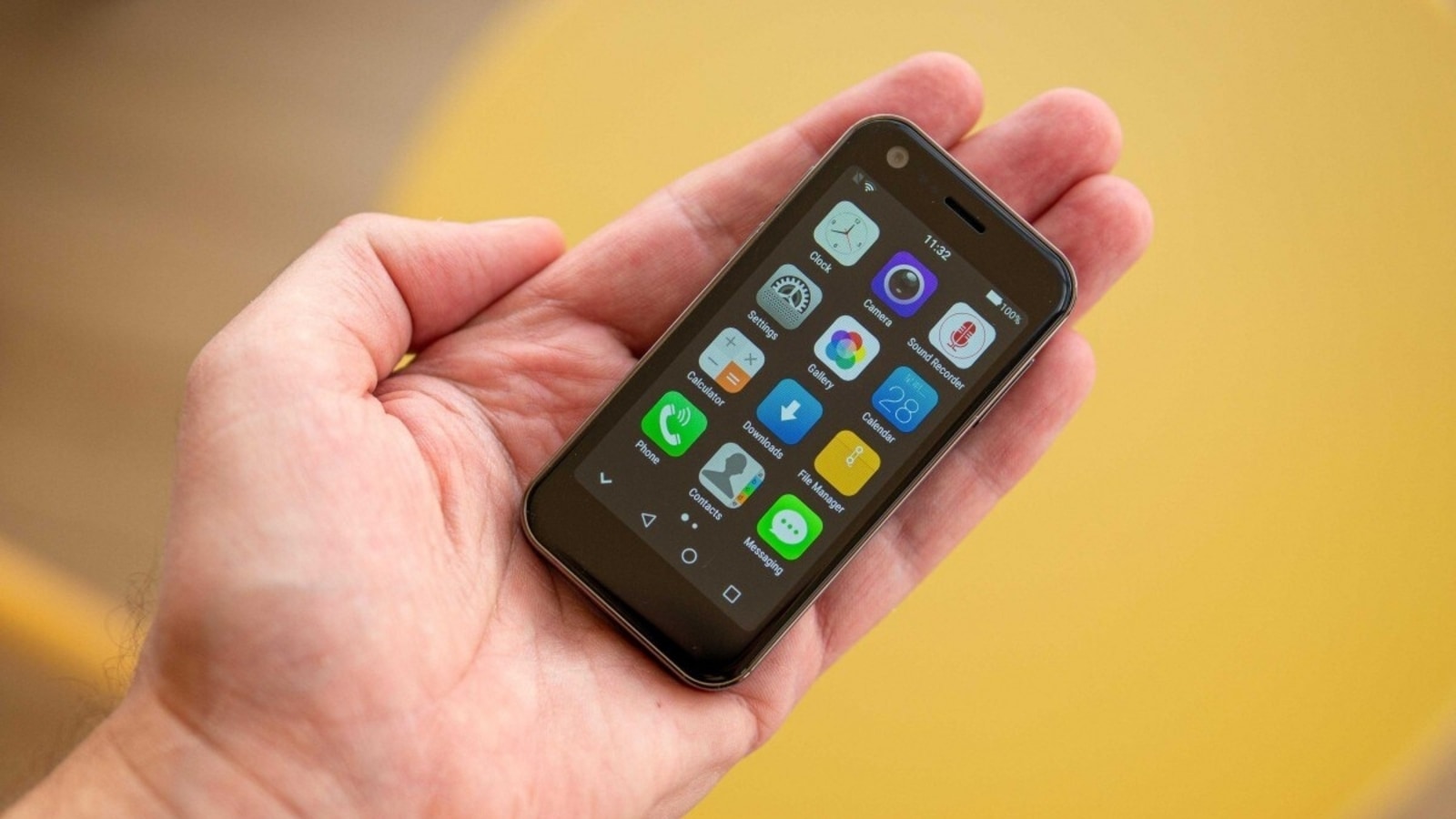In the rapidly evolving world of mobile technology, the demand for innovative and compact devices continues to grow. The smallest phone on the market has captured the attention of tech enthusiasts and consumers alike, offering a unique blend of portability and functionality. As smartphones become more advanced, some manufacturers have taken a different approach by focusing on minimalist design, creating devices that are small yet powerful. This article delves into the fascinating realm of miniature mobile technology, exploring the features, benefits, and implications of owning the smallest phone available today.
The smallest phone on the market is not just a trend but a reflection of consumer preferences shifting toward convenience and simplicity. In a world where people are constantly on the move, having a compact device that fits effortlessly into your pocket or purse can make all the difference. This article will provide an in-depth look at the smallest phones, their specifications, and why they might be the perfect choice for those who prioritize portability.
As we explore the topic, we will also address the concerns and considerations that come with owning such a device. From battery life to usability, this guide aims to equip you with the knowledge needed to make an informed decision. Whether you're a tech enthusiast or simply someone looking for a more compact phone, this article has something for everyone.
Read also:Understanding What Is Third Base A Comprehensive Guide
Daftar Isi
The Current Smallest Phone on the Market
Key Specifications of the Smallest Phone
Benefits of Owning a Small Phone
Read also:How To Say United States In English A Comprehensive Guide
Comparison with Other Compact Phones
Market Trends in Compact Mobile Devices
Future Technologies in Small Phones
History of Small Phones
The concept of small phones dates back to the early days of mobile communication. Initially, mobile phones were bulky and cumbersome, but as technology advanced, manufacturers began focusing on reducing their size without compromising functionality. The first significant breakthrough came with the introduction of flip phones, which offered a compact design that could fit easily into pockets.
In recent years, the trend has shifted back to smaller devices, driven by the demand for portability and convenience. Manufacturers like Palm, Vertu, and even Apple have experimented with smaller form factors, catering to niche markets that value compactness over screen size. This evolution has paved the way for the smallest phone on the market today.
Evolution of Design
The design of small phones has evolved significantly over the years, with manufacturers focusing on ergonomics and usability. Key milestones include:
- The introduction of flip phones in the 1990s.
- The rise of clamshell designs in the early 2000s.
- The development of modern compact smartphones with touchscreen interfaces.
The Current Smallest Phone on the Market
As of 2023, the title of the smallest phone on the market is held by the **Mojo Smartphone**, a device that measures just 2.5 inches in length and 1.5 inches in width. Despite its diminutive size, the Mojo packs impressive features, including a 1.44-inch OLED display, a quad-core processor, and support for 4G LTE connectivity.
Designed for users who prioritize portability, the Mojo offers a unique blend of functionality and convenience. Its compact design makes it ideal for those who want a phone that fits perfectly into their lifestyle without compromising on essential features.
Key Features of the Mojo Smartphone
- 1.44-inch OLED display.
- Quad-core processor for smooth performance.
- 4G LTE connectivity for reliable communication.
- Miniaturized battery technology for extended usage.
Key Specifications of the Smallest Phone
The Mojo Smartphone, the smallest phone on the market, boasts a range of impressive specifications that cater to modern users. Below are the key features that define this compact device:
Display: 1.44-inch OLED screen with a resolution of 128x160 pixels.
Processor: Quad-core processor clocked at 1.2GHz.
Storage: 8GB internal storage with expandable microSD support up to 128GB.
Battery: 500mAh battery with up to 10 hours of talk time.
Technical Specifications
| Feature | Specification |
|---|---|
| Screen Size | 1.44 inches |
| Processor | Quad-core 1.2GHz |
| Storage | 8GB (expandable) |
| Battery | 500mAh |
Benefits of Owning a Small Phone
While large-screen smartphones dominate the market, small phones offer unique advantages that cater to specific user needs. Below are some of the key benefits of owning the smallest phone on the market:
- Portability: Small phones are easy to carry and fit comfortably in pockets or small bags.
- Convenience: They are ideal for users who prioritize simplicity and ease of use.
- Reduced Distraction: Smaller screens encourage focused communication rather than constant multitasking.
- Cost-Effective: Compact devices often come at a lower price point compared to flagship smartphones.
Who Should Consider a Small Phone?
Small phones are particularly appealing to:
- Elderly users who prefer simplicity and ease of use.
- Travelers who need a lightweight device for communication.
- Professionals who value portability over screen size.
Challenges and Limitations
Despite their advantages, small phones come with certain challenges and limitations that potential buyers should consider. These include:
- Screen Size: The smaller display may make it difficult to view content or navigate apps.
- Battery Life: Compact batteries may not last as long as those in larger devices.
- App Compatibility: Some apps may not be optimized for small screens, limiting functionality.
How to Overcome These Challenges
Users can mitigate these limitations by:
- Optimizing battery settings to extend usage time.
- Using external displays or Bluetooth devices for enhanced functionality.
- Choosing apps specifically designed for small screens.
Comparison with Other Compact Phones
While the Mojo Smartphone is the smallest phone on the market, several other compact devices are worth considering. Below is a comparison of the Mojo with other leading compact phones:
Comparison Table
| Device | Screen Size | Battery | Price |
|---|---|---|---|
| Mojo Smartphone | 1.44 inches | 500mAh | $99 |
| Palm Phone | 3.3 inches | 800mAh | $349 |
| Vertu Signature | 2.2 inches | 1000mAh | $12,000 |
Market Trends in Compact Mobile Devices
The market for compact mobile devices is experiencing a resurgence, driven by changing consumer preferences and technological advancements. Key trends include:
- Miniaturization: Manufacturers are focusing on reducing device size while maintaining functionality.
- Targeted Marketing: Compact phones are being marketed to specific demographics, such as seniors and travelers.
- Innovative Features: Advances in battery technology and display efficiency are enabling smaller devices to offer more features.
Emerging Technologies
Future compact devices may incorporate:
- Flexible screens for enhanced portability.
- Wireless charging for convenience.
- AI-powered assistants for improved usability.
Future Technologies in Small Phones
As technology continues to evolve, the future of small phones looks promising. Innovations in materials, battery technology, and display efficiency will enable manufacturers to create even smaller devices without compromising performance. Key advancements to watch for include:
- Nano-Batteries: Next-generation batteries that offer extended life in a compact form factor.
- Smart Materials: Devices made from lightweight, durable materials that enhance portability.
- Augmented Reality Integration: Compact phones with AR capabilities for immersive experiences.
What to Expect in the Next Decade
In the next decade, small phones may:
- Become the primary communication devices for niche markets.
- Integrate seamlessly with wearable technology for enhanced functionality.
- Offer advanced security features for personal and professional use.
Conclusion
The smallest phone on the market represents a fascinating intersection of technology and design, offering users a unique blend of portability and functionality. Whether you're a tech enthusiast or someone looking for a more compact device, the Mojo Smartphone and other compact phones provide viable options that cater to modern lifestyles.
We encourage you to explore the possibilities of small phones and consider how they might fit into your daily routine. If you found this article helpful, feel free to leave a comment or share it with others. For more insights into the world of mobile technology, be sure to explore our other articles on the site.
Remember, the smallest phone on the market is not just about size—it's about finding the perfect balance between convenience and functionality. Make an informed decision and embrace the future of compact mobile technology today!


